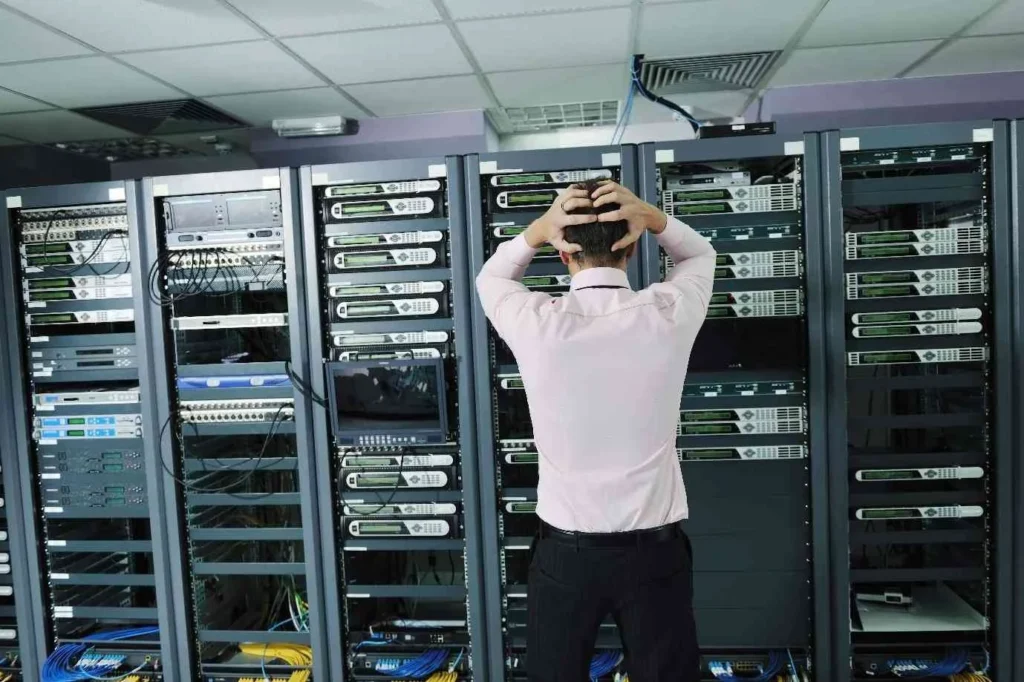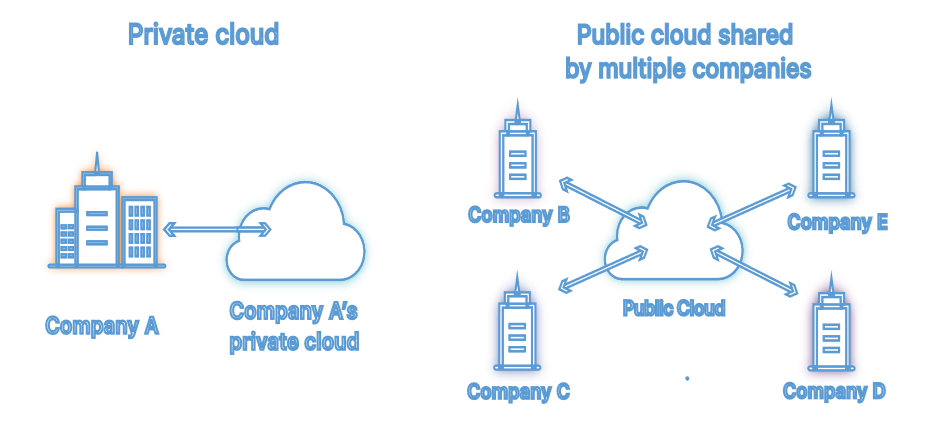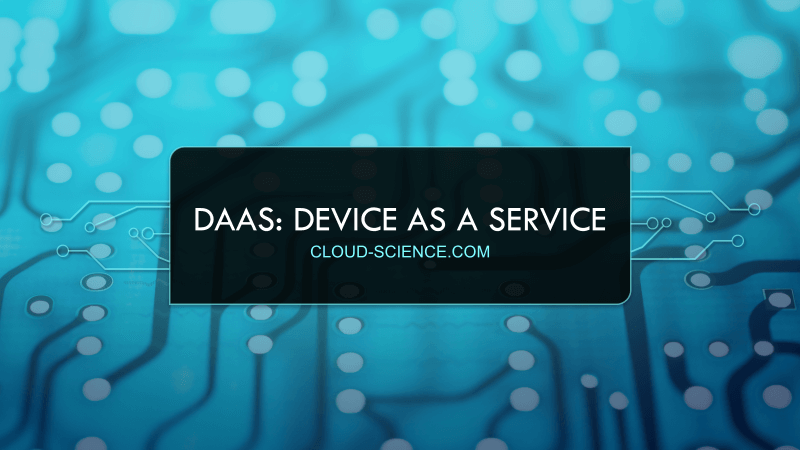Disaster Recovery as a Service is a crucial business solution for organizations.
DRaaS is an off-site backup and recovery strategy which the organizations can use for their first and/or second tier data, in case of a disaster or data loss incident. It also includes the operation of data recovery facilities as a managed service by a managed service provider which owns and operates a geographically distributed cloud.
As a business owner, unforeseen disasters can pose significant risks to your company’s important data if you’re not prepared. If you aim to protect your business-critical data and systems during a disaster.
Think about a situation where your production servers and backup servers are at your premises. That means your critical business data and applications are on the premises. Now imagine if such an area were to be hit by a disruptive event such as an earthquake or a ransomware attack. How will you keep your critical business data safe under such conditions?
True to its name, Disaster Recovery as a service is all about trying to continue with active business processes irrespective of the fact that local facilities are struck by a disaster.
What is meant by Disaster Recovery as a Service (DRaaS)?
Disaster Recovery as a service allows organizations to use cloud technology by offering an option to maintain the entire IT infrastructure backup on the internet or any backup site.
This ensures that the data and the systems are within reach. Such services help firms retrieve data and applications more quickly after the occurrence of a disaster and consequently lessening downtime.
which also covers making available under physically secure conditions, outsourced third-party managed servers and similar equipment at either secure sites or devoid of advanced factory and corporate infrastructure, security measures against calamities.
Small to midsize businesses that do not have know how to establish set up action, staffing and processes to achieve a proper disaster recovery process can take full advantage of this service.
Importance of DRaaS For Business
DRaaS helps businesses handle the following types of disasters:
| Disaster Scenario | Description |
|---|---|
| Power Outages | When the power is cut off or when there are disconnections of supplied power to the data centers, DRaaS acts in such a way that it guarantees access to the critical data and the critical systems and thus enables the companies to conduct their activities without any ceases. |
| Equipment Failures | In the DRaaS, system downtime and productivity hours lost as a result of equipment failures are recouped rapidly within a business. |
| Cyber Attacks | Data that is susceptible to attacks is regularly backed up using DRaaS so that if a cyber attack occurs, the users are able to restore back the systems through available recovery options quite easily and fast. It thus makes malware and ransomware and other cyber threats very ineffective. |
| Natural Disasters | No organization wants to suffer from negative effects of natural disasters like floods and hurricanes as well as earthquakes, and for this matter, DRaaS comes in handy and ensures that the data and applications are fully replicated offsite. Hence, when the main infrastructure is damaged, an organization will still bounce back and carry on operations normally due to the availability of DRaaS. |
How DRaaS Works?
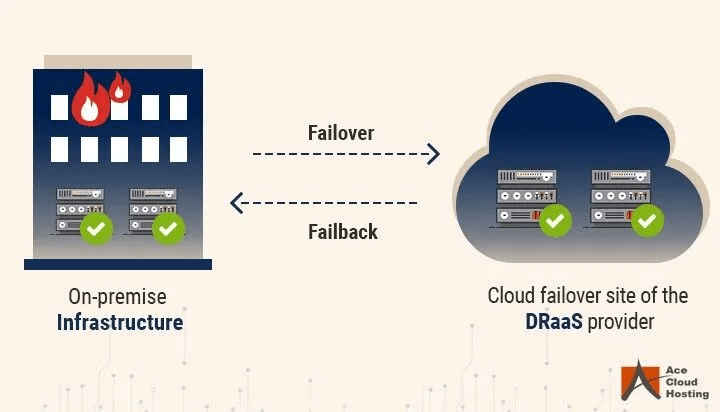
A DRaaS provider provides its infrastructure to act as the customer’s disaster recovery site during a disaster. The offering includes a mechanism, such as a software application or hardware appliance.
Here are some key aspects of how it works:
1. Replication for Disaster Recovery
- The local IT workload is replicated to offsite server locations, establishing a secondary IT infrastructure for your applications.
- Replication involves the real-time mirroring of the entire business process, encompassing data and applications, to redundant servers.
- Unlike backup methods, where data is stored at a specific moment, replication ensures continuous synchronization.
2. Failover and failback in Disaster Recovery
- In a disruptive incident at the office location, access shifts to the remote DR site, termed Failover, with the offsite location acting as the Failover Site.
- This ensures uninterrupted operations from the failover site during a disaster, minimizing or eliminating downtime.
- Once the local IT infrastructure returns to normalcy post-disaster, access can be reinstated through Failback procedures.
- Failback involves transferring data from the DRaaS provider’s secondary site back to the original site. Once failback is complete, replication resumes.
What benefits does DRaaS offer to your business?
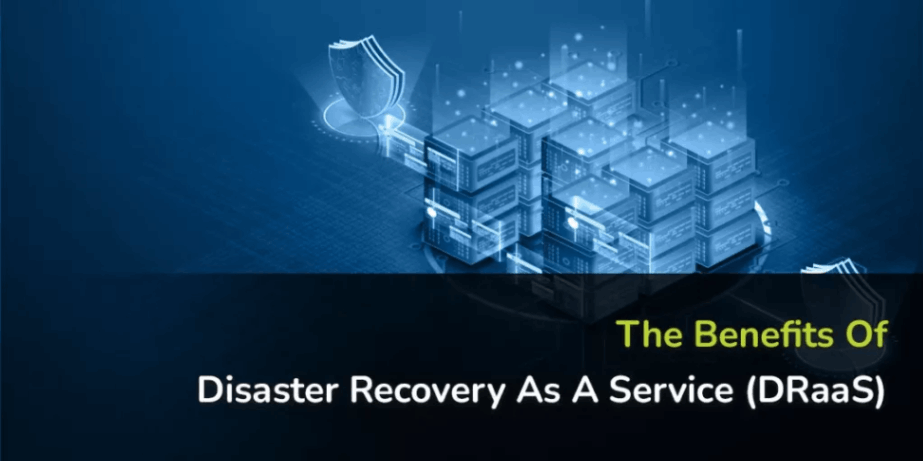
In this modern world, having DRaaS is compulsory for any business wanting to remain competitive. Let’s see the advantages more closely and how it applies to the benefit of your business.
Below are the benefits that we will discuss step by step
- Value to money of DRaaS
- Scalability with DRaaS
- Reliability in DRaaS
- Flexibility Provided by DRaaS
- Enhance RPO and RTO with DRaaS
- Testing and Validation in DRaaS
- Security and Compliance in DRaaS
- Effortless deployment of DRaaS
1. Value to the money of DRaaS
Saving traditional disaster recovery solutions can be dire considering the costs incurred for physical media and offsite storage. However, DRaaS cuts out these necessities and also minimizes costs and enhances accessibility for small to medium enterprises.
Where there is an in-house disaster recovery plan available, the maintenance and cost associated with IT support personnel is likely to be high. However, investing in DRaaS in the first place may help cut back on expenses for your business in the future.
2. Scalability with DRaaS
Scalability with Disaster Recovery as a Service implies how well a given recovery solution can change or grow in accordance or in relation to a situation in an organization. In other words, it pertains to the ease of modifying resources such as storage, computing power and network bandwidth set up for disaster recovery.
This scalability ensures that organizations can effectively handle varying workloads and data volumes during normal operations as well as during times of disaster or disruption. With scalable DRaaS solutions, businesses can efficiently accommodate growth, mitigate risks, and maintain continuity without being limited by fixed infrastructure or excessive costs.
3. Reliability in DRaaS
An offsite data backup disaster recovery service of business is able to ensure a high level of reliability through redundant infrastructure and failover features. It provides an assurance of the accessibility of information and systems even when there is disruption, leading to minimal downtimes for the business.
An inherent part of this service is the redundant infrastructure and failover features which gives businesses peace of mind regarding the effectiveness of a DR solution. Continuous monitoring and support, accompanied by service reliability provisions for DRaaS allow clients to have faith in the availability of their business data and systems at any time.
4. Flexibility Provided by DRaaS
DRaaS allows businesses to adjust disaster recovery solutions to match changing needs and circumstances. It allows for customizing recovery plans, enabling businesses to tailor solutions to their specific requirements. Businesses can choose the level of disaster recovery coverage that best suits their operations and budget.
Disaster recovery as a Service enables seamless integration with existing IT infrastructures, providing flexibility in implementation and management. Businesses can quickly scale DRaaS resources up or down as needed, ensuring optimal performance and cost-effectiveness.
5. Enhance RPO and RTO with DRaaS
DRaaS solutions typically offer faster RTOs and better RPOs compared to traditional methods. Advanced technologies such as continuous data replication and incremental backup contribute to minimized data loss and downtime. It leverages point-in-time recovery techniques to ensure data integrity and consistency during recovery processes.
By reducing the time and data lost during disruptions, It helps businesses maintain productivity and operational continuity. The improved RPO and RTO metrics offered by disaster service enhance the resilience and reliability of businesses’ recovery strategies from disaster.
6. Testing and Validation Features in DRaaS
DRaaS providers provide instruments for testing restoration plans even in the absence of people and normal business processes that can be disturbing. Testing on a regular basis is important so that the DRaaS solutions can keep up with the times and have the ability to deal with actual disasters. Automated testing enables businesses to simulate diverse disaster scenarios and assess recovery processes’ performance.
Disaster Recovery as Service providers furnish comprehensive reporting and analysis tools to identify potential weaknesses in disaster recovery strategies. Testing and validation in DRaaS instill confidence in businesses’ ability to safeguard critical data and sustain operational continuity.
7. Security and Compliance in DRaaS
DRaaS providers prioritize data security with encryption and secure data transmission protocols to safeguard sensitive information. Compliance features, including access controls and compliance reporting, ensure adherence to regulatory standards. Audit logs meticulously track all disaster recovery activities, facilitating regulatory compliance demonstrations.
Continuous monitoring by dedicated security teams ensures swift response to potential threats around the clock. It offers cutting-edge security and compliance features, offering businesses robust data protection and regulatory adherence.
8. Effortless deployment of DRaaS
DRaaS solutions are designed for easy deployment, with user-friendly interfaces for simple setup and management. The intuitive nature of recovery service interfaces streamlines the implementation process, minimizing complexity and reducing setup time. Businesses can quickly integrate recovery services into existing IT infrastructures without significant disruptions to operations.
DRaaS providers offer comprehensive support and guidance throughout the implementation process, ensuring smooth transitions. Businesses can expedite disaster recovery readiness with minimal effort and technical expertise required.
Factors You Must Consider Before Choosing a DRaaS Provider:

Prior to deploying a Recovery service, an organization should consider the following factors:
1. Reliability and Reputation:
Examine the credibility and standing of this DRaaS provider. Use ratings, feedback, and research results from the customers so as to evaluate how well they perform the recovery service.
2. Service Level Agreements or (SLAs):
Analyze the SLAs presented by the provider of the DRaaS. Make sure that they are suitable for your business needs with special reference to RTOs and RPOs for data recovery. Provide information about what specific measures the provider would take in order to achieve these SLAs.
3. Scalability and Flexibility:
Assess the scalability and flexibility of the DRaaS solution. Ensure that it can address such needs of the organization which evolves with the increase in the amounts of data, shifts in the infrastructure and expansion of the business activities.
4. Security Measures:
Evaluate how the provider of the DRaaS has secured your data and systems. Ask about how your data is secured: Do they use encryption? Access control? How is data privacy ensured? What certifications do they hold with respect to compliance?
5. Data Center Locations:
Consider the location of the data centers in relation to the DRaaS provider. Select a provider with more than one data center that is geographically distributed among other centers to mitigate the loss of data in the event of a regional cataclysm or a service failure.
6. Disaster Recovery Testing:
Inquire about the frequency and methodology of disaster recovery testing conducted by the DRaaS provider. Ensure that they regularly test their recovery processes to validate their effectiveness and identify any potential weaknesses.
7. Support and Customer Service:
Analyze the degree of support provided as well as the customer care practiced by the DRaaS provider. Examine how adequately and quickly the providers are able to respond to technical issues, provide advice during emergencies, and offer recovery assistance.
8. Cost and Pricing Structure:
Gain comprehension of the costs and the pricing model of the DRaas solution. Pay attention to the pricing options, taking into account setup and subscription fees, as well as prices related to additional storage space, bandwidth, or support services. Make sure the pricing is reasonable and makes sense compared to the value obtained.
DRaaS providers
DRaaS companies come in different types. Some focus only on keeping your data safe and stored, while others are big tech and cloud companies. Here are a few examples of these companies.
Discussion: The Importance of DRaaS for Business
Offering a dependable, adaptable strategy for the protection of their systems and data in the event of unforeseen calamities, the DRaaS proves to be a valuable asset for businesses. It makes application and data recovery in a disaster palatable and that minimizes the adverse impacts of the disaster..
Ideally, when selecting a DRaaS provider one is advised to look for security, compliance, dependability and support services. Nowadays, when there are so many dynamics in business and even a few hours of down time can be detrimental both financially and to one’s reputation, DRaaS is very important as a protector.
Its innovative approach empowers businesses to proactively manage disruptions and maintain seamless operations in the face of natural disasters, cyber threats, or system failures. By embracing recovery services, organizations can bolster their operational resilience and confidently navigate uncertainties.
FAQs - DRaaS
DRaaS, or Disaster Recovery as a Service, is a cloud computing service where organizations can back up their data and IT infrastructure in a third-party cloud environment. This model eliminates the need for organizations to own or manage all the resources required for disaster recovery, as they can rely on the service provider for this purpose.
Every organization should be ready to face a disaster in any shape or form. Numerous statistics emphasize the importance of preparedness, highlighting the risk of business failure for those unprepared. Regardless of the scale of such failures, no organization wishes to be included in such statistics.
Any business handling data must establish a robust disaster recovery strategy to avert extensive data loss and safeguard its reputation in the market. Without such a strategy, businesses risk significant financial and reputational damage, potentially leading to closure. Even those with existing disaster recovery plans can remain vulnerable without proper testing and exercise. Engaging with a DRaaS provider guarantees the protection of your business assets.
DRaaS provides more comprehensive disaster recovery capabilities compared to traditional backup solutions. While backups primarily focus on data protection, DRaaS offers full system recovery, including applications, servers, and network infrastructure, ensuring business continuity in the event of a disaster.

